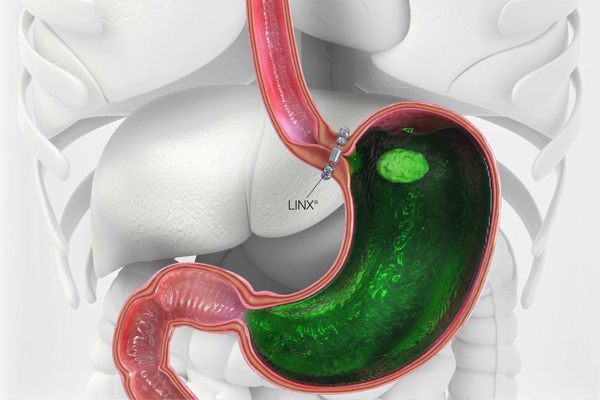ROBOTIC NISSEN FUNDOPLICATION
Gastroesophageal Reflux is a common complaint of many patients especially the elderly that causes them to feel discomfort in the chest area and perceived burning pain in the epigastric region of the abdomen especially upon eating certain foods such as chocolates or on lying down after a meal.
